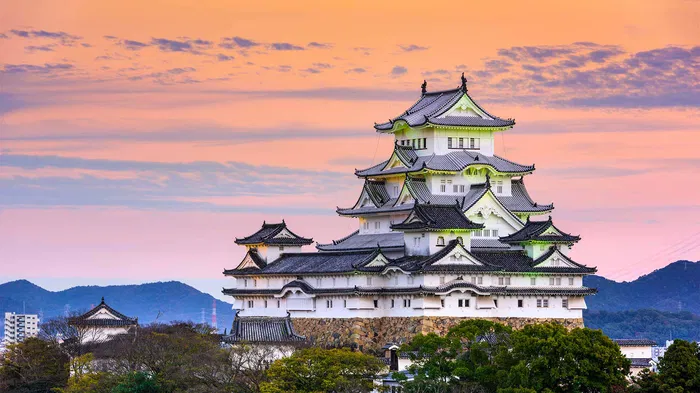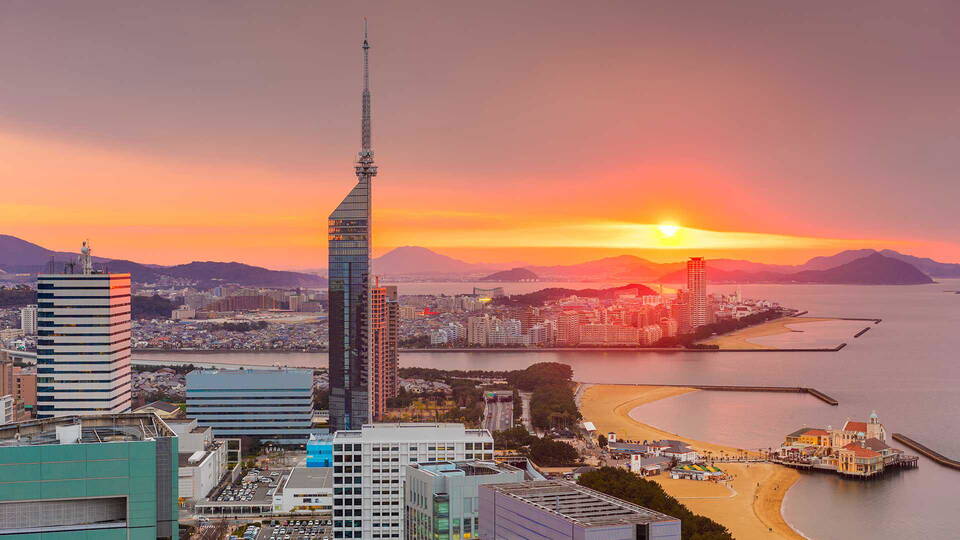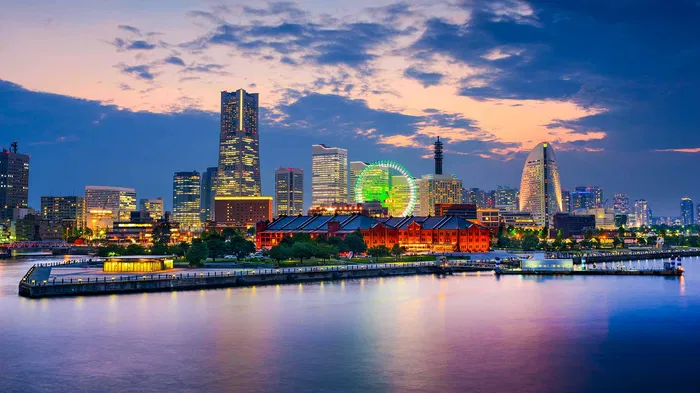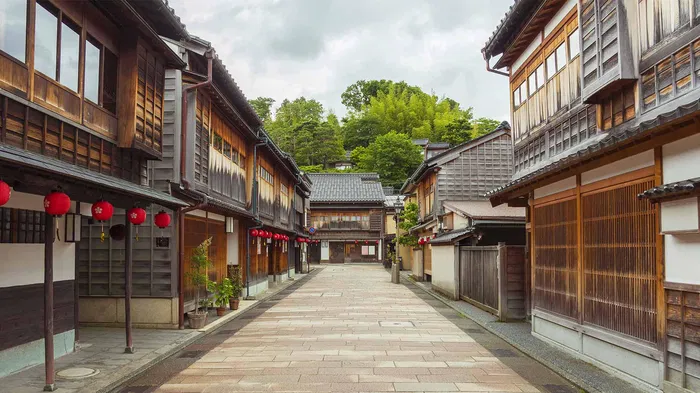Tea is one of the cornerstones of Japanese culture, and principal among the many varieties of this delicious drink is gyokuro green tea. With its dark emerald leaves, rich umami flavor, and fresh grassy scent, gyokuro is considered the highest grade of Japanese tea. Yet despite its luxurious nature, it hasn’t become quite as famous internationally as its powdered counterpart matcha. This post aims to help fix that by introducing you to the wonderful world of gyokuro tea – from the unique way it’s grown to how to prepare the perfect cup. So, let’s get brewing!
You can taste a different varieties of gyokuro tea at this tokyo tasting experience.
What is Gyokuro Tea?
Gyokuro (玉露) roughly translates to "jewel dew" or "jade dew," which perfectly suits its premium quality and exquisite flavor. The tea leaves are a deep and vibrant green, creating a pale yellowy-green infusion once brewed. Meanwhile, its aroma is beautifully fresh and grassy, with hints of seaweed. And what does gyokuro taste like? The tea has a full-bodied umami flavor, featuring sweet vegetal tones and an almost creamy mouthfeel. This definitely makes drinking gyokuro green tea an experience to be savored!
The Origin of Gyokuro
There are many different varieties of Japanese tea available, so what makes gyokuro tea special? The answer is mostly down to how this type of Japanese tea is cultivated. Gyokuro is believed to date back to 1835, when Yamamoto Kahei from the Yamamotoyama tea company was inspired by the way tea farmers in Uji would shade their tea plants with straw umbrellas to protect the leaves from frost. The process was later completed by Eguchi Shigejuro, and further refined during the Meiji era.
At least 20 days before they are harvested, the plants used to make gyokuro tea are shaded from direct sunlight. This prevents the amino acid L-theanine from being broken down into catechin in the leaves, resulting in a sweeter and less astringent taste compared to non-shaded teas. It also increases the production of chlorophyll, which gives the leaves their characteristic dark green color.
Another reason gyokuro green tea is so highly valued is that it’s only made with small leaves picked from the very top of the plant during the first harvest. These have the highest nutritional content and a superior taste.
At this point, you might be wondering, is gyokuro expensive? It does tend to have a higher price than other types of Japanese tea, due to the fact that the cultivation process is more difficult and time-consuming, plus results in a lower yield just once a year. As such, it’s the perfect choice for a gift or to drink on a special occasion.
Is Gyokuro the Same as Matcha?
If the practice of shading leaves before harvesting them sounds familiar, that might be because gyokuro is not the only type of Japanese tea to be grown in this way – matcha is too. Where the two varieties differ is in what happens after the leaves are picked.
For gyokuro tea, the leaves are steamed to reduce oxidation, then dried and rolled into a distinctive needle shape. With matcha, the steamed and dried leaves are carefully refined to remove the stems and veins, before being ground up to create a fine green powder. Matcha is also made with a wider variety of leaves, resulting in distinct grades that are used for different purposes.
The Health Benefits of Gyokuro
As you might expect from such a high-quality tea, drinking gyokuro benefits your health in many different ways. The leaves are so nutritious that unlike other varieties, many people eat them after using them to brew tea!
Firstly, gyokuro green tea is a fantastic choice for boosting your focus. The leaves contain high levels of caffeine as a result of being shaded before harvesting, however the L-theanine slightly alters its effects. It causes the body to absorb the caffeine more slowly, avoiding the heavy buzz and later crash in energy levels that some people get when drinking coffee. As such, gyokuro tea can give you a longer-lasting and less intense alertness.
Like with other varieties of organic green tea, gyokuro is rich in antioxidants, vitamins and other nutrients. Research indicates that some of the additional gyokuro benefits may include:
- Supporting heart health
- Keeping your complexion clear and youthful
- Helping with weight loss
- Improving oral health
- Helping to prevent cancer
- Blocking the absorption of bad cholesterol
- Protecting the liver
- Reducing cell damage from free radicals
How to Prepare Gyokuro
Because gyokuro green tea is a delicacy, you want to make sure that you brew it properly. This involves steeping the leaves at a lower temperature than for many other types of Japanese tea, to ensure that you can enjoy its rich flavor and fresh scent to the fullest. To begin, you’ll need a teapot, some top-quality gyokuro leaves, and enough teacups for everyone who’s drinking. Then prepare the tea as follows:
- Measure out approximately two teaspoons of tea per cup and put the leaves into the teapot
- Boil water and use some of it to warm up your teacups (then tip it away)
- Let the water cool down to approximately 50-60°C (122-140°F) before pouring it into the teapot (this helps to bring out the sweet and umami flavors, while reducing astringency)
- Allow the leaves to steep for 2-3 minutes (this gives the rolled leaves enough time to open up)
- Pour the tea little by little into all of the cups alternately, so that the flavor and strength is balanced between them
- Enjoy your gyokuro tea!
Most varieties of gyokuro can be infused three times, with the later infusions requiring a shorter steeping period (about 30 seconds to a minute) as the leaves are already open. Remember that you can eat the leaves once you’ve finished drinking – they taste delicious with a dash of soy sauce!
Whether you’re a Japanese tea newbie or an ocha aficionado, gyokuro is a variety to be savored. Its exceptional quality and refined flavor mean it’s sure to quickly become one of your favorites!
Curious to learn where gyokuro comes from? Explore the top tea-growing regions in Japan.
 Tokyo
Tokyo Osaka
Osaka Kyoto
Kyoto Hyogo
Hyogo Hokkaido
Hokkaido Nara
Nara Fukuoka
Fukuoka Hiroshima
Hiroshima Kanagawa
Kanagawa Ishikawa
Ishikawa Florence
Florence Paris
Paris Rome
Rome Porto
Porto Barcelona
Barcelona New York
New York Venice
Venice Madrid
Madrid Marrakesh
Marrakesh Istanbul
Istanbul